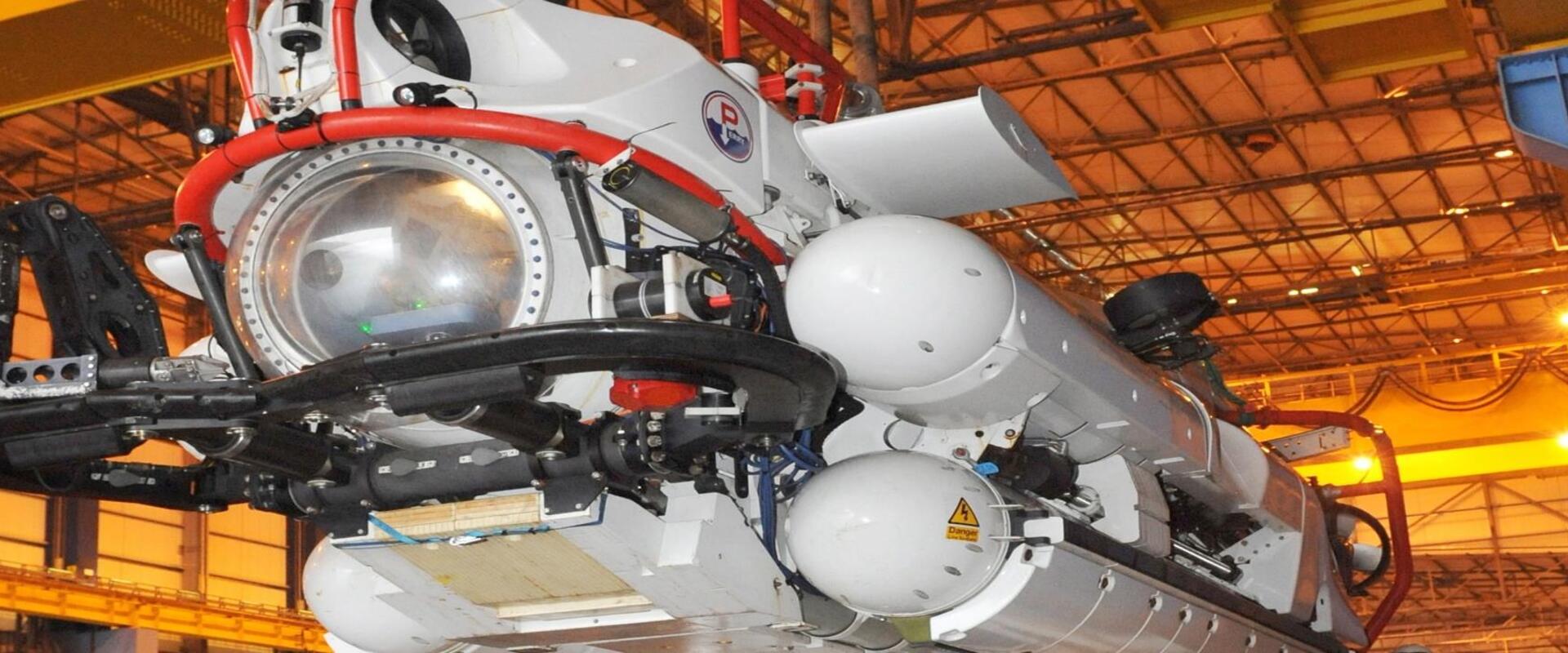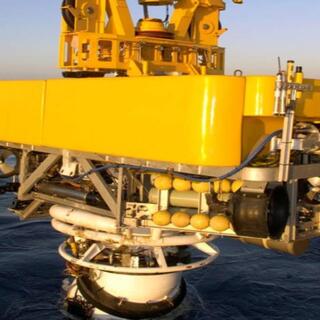
NATO Submarine Rescue System Independent Safety Review
BMT was tasked to conduct an Independent Safety Review of the NSRS Safety Case and the preparedness of the NSRS organisation to conduct submarine rescue exercises and operations.
The NATO Submarine Rescue System (NSRS) achieved Initial Operating Capability (IOC) status in late October 2008. Following a number of trials, the In Service Submarines’ (ISM) Project Team was preparing to declare that the NSRS had achieved Full Operating Capability (FOC), and this task was undertaken to provide the necessary assurance in support of FOC.
The operation of the NSRS is underpinned by a Safety Case, which was developed, and is now maintained by the NSRS Prime Contractor.
The ISM Head directed that a Safety Review exercise be conducted for NSRS similar to that undertaken by our team on behalf of the Commonwealth of Australia (CoA) to demonstrate that their Submarine Rescue suite was safe to conduct exercises off Western Australia in early 2010.
We were tasked with conducting an Independent Safety Review of the NSRS Safety Case and the preparedness of the NSRS organisation to conduct submarine rescue exercises and operations.
We undertook an Independent Safety Review of the NSRS with support from James Fisher Defence who provided us with an insight into the operation of submarine rescue operations based on their extensive prior operational experience of the United Kingdom Submarine Rescue Service (UKSRS).
By developing an independent series of Claims, it was possible to test the NSRS Safety Case (Body of Evidence) to assess its robustness to independent review.
The use of the graphical notation with a logical hierarchy such as CAE enabled the Duty Holder and other stakeholders to readily identify the key claims being made and to assess their appropriateness and completeness.
During the conduct of the Independent Safety Review, the CAE process was used to ‘tease’ out issues in a complex system that may otherwise have been missed. This technique is used successfully by the Submarine Support Management Group (SSMG) to record the Whole Submarine and Platform Safety Cases, for which the NSRS is an Emergency and Contingency arrangement.
During the construction of the CAE diagram and conduct of the data gathering process, we gave a presentation to the NSRS Project Team to highlight any safety issues identified during the review task before the decision was taken to authorise the NSRS deployment in September 2010.

We were contracted to produce a SERS Safety Case Report (SCR) for the Director Collins Class System Program Office (COLSPO) based at HMAS STIRLING, Garden Island, West Australia.

BMT's objective was to aid the client in putting in place a HSSE management system based on scientific principles, as welll as discourage variant HSSE practices across the companies managed by the corporation.

In a dynamic threat and risk landscape, a national policing organisation recognised the need to review its community engagement activity.

VENATOR-110 Frigate is a flexible and tailorable modern warship, able to provide a spectrum of credible capability from Maritime Security to Warfighting worldwide at an affordable procurement cost.